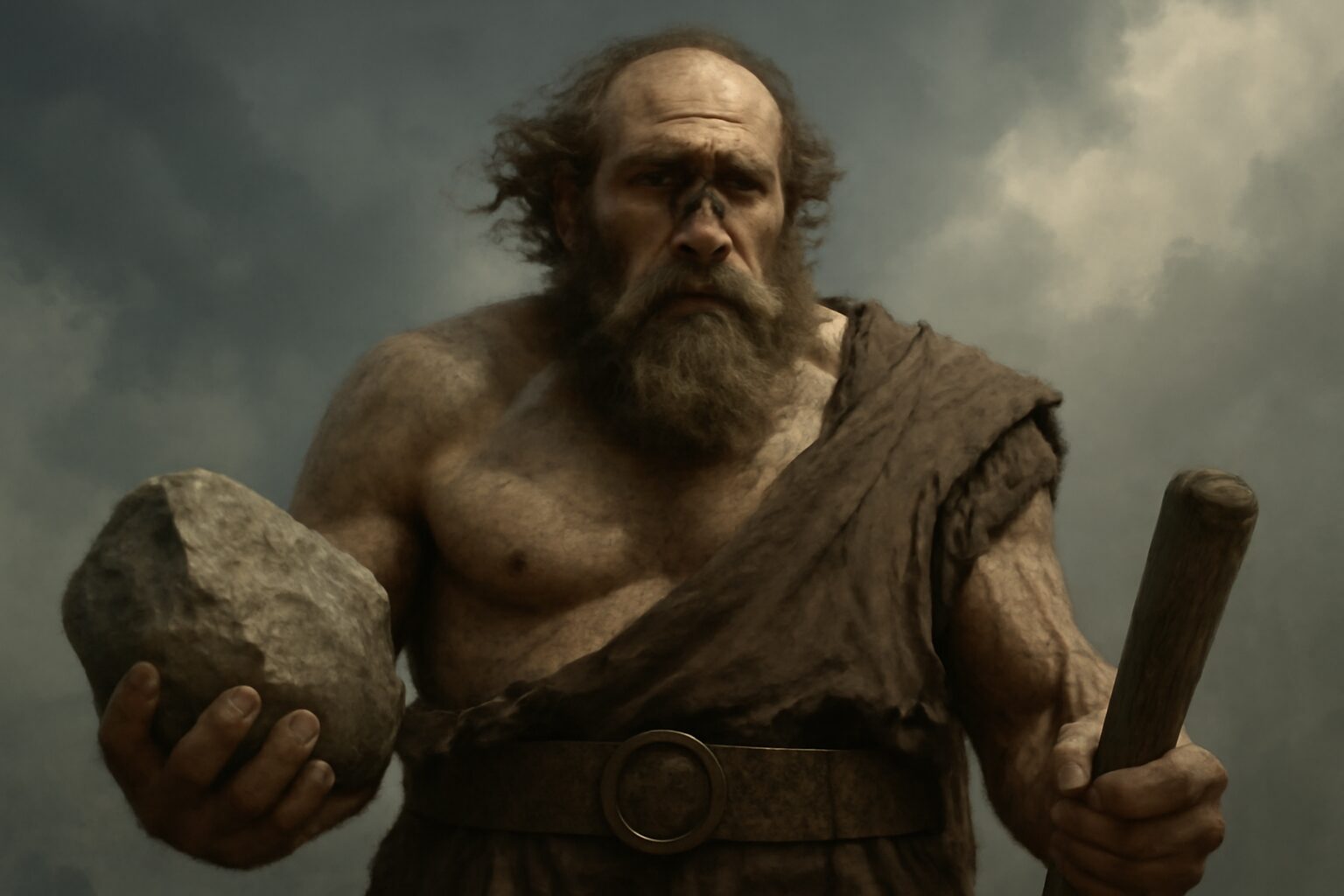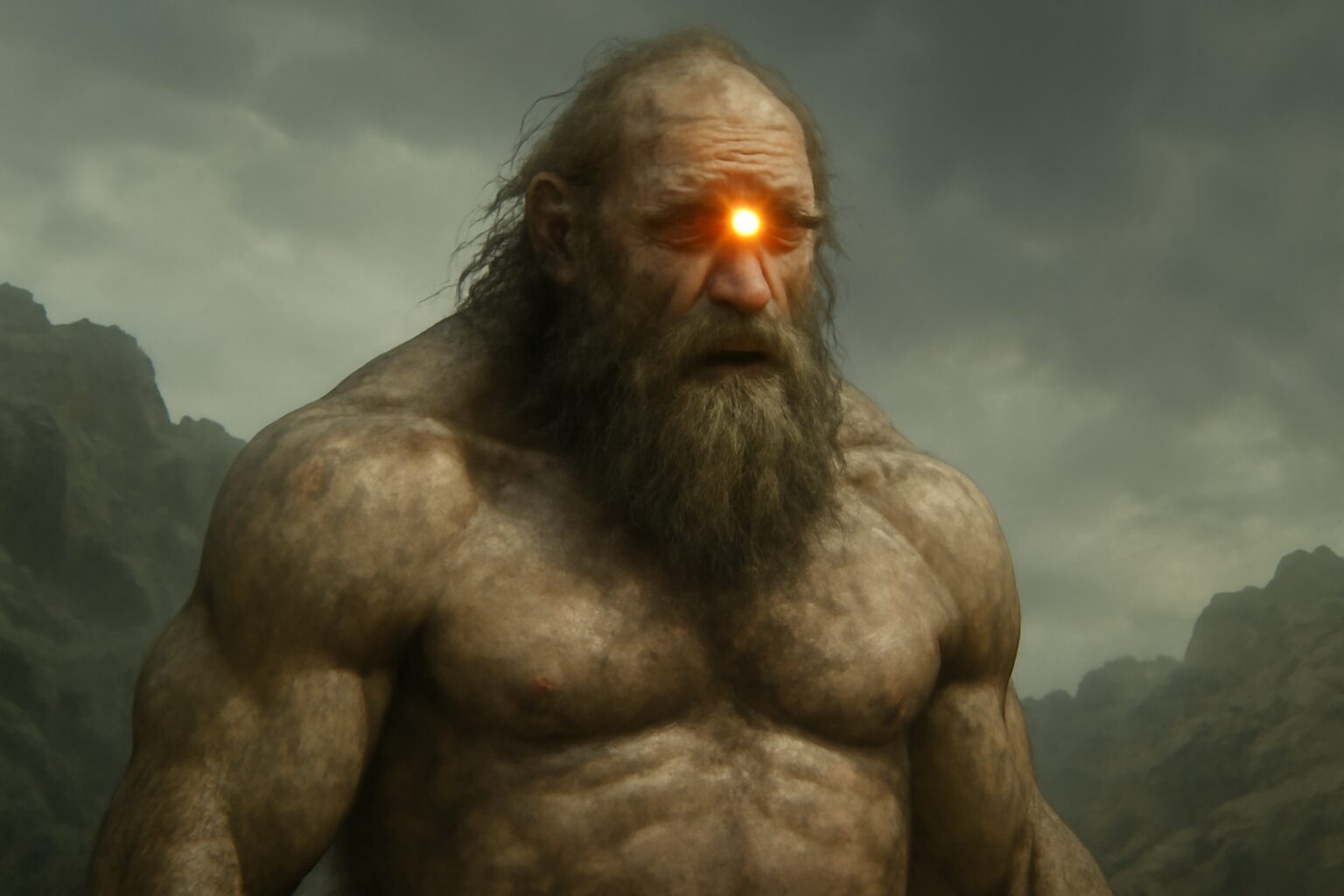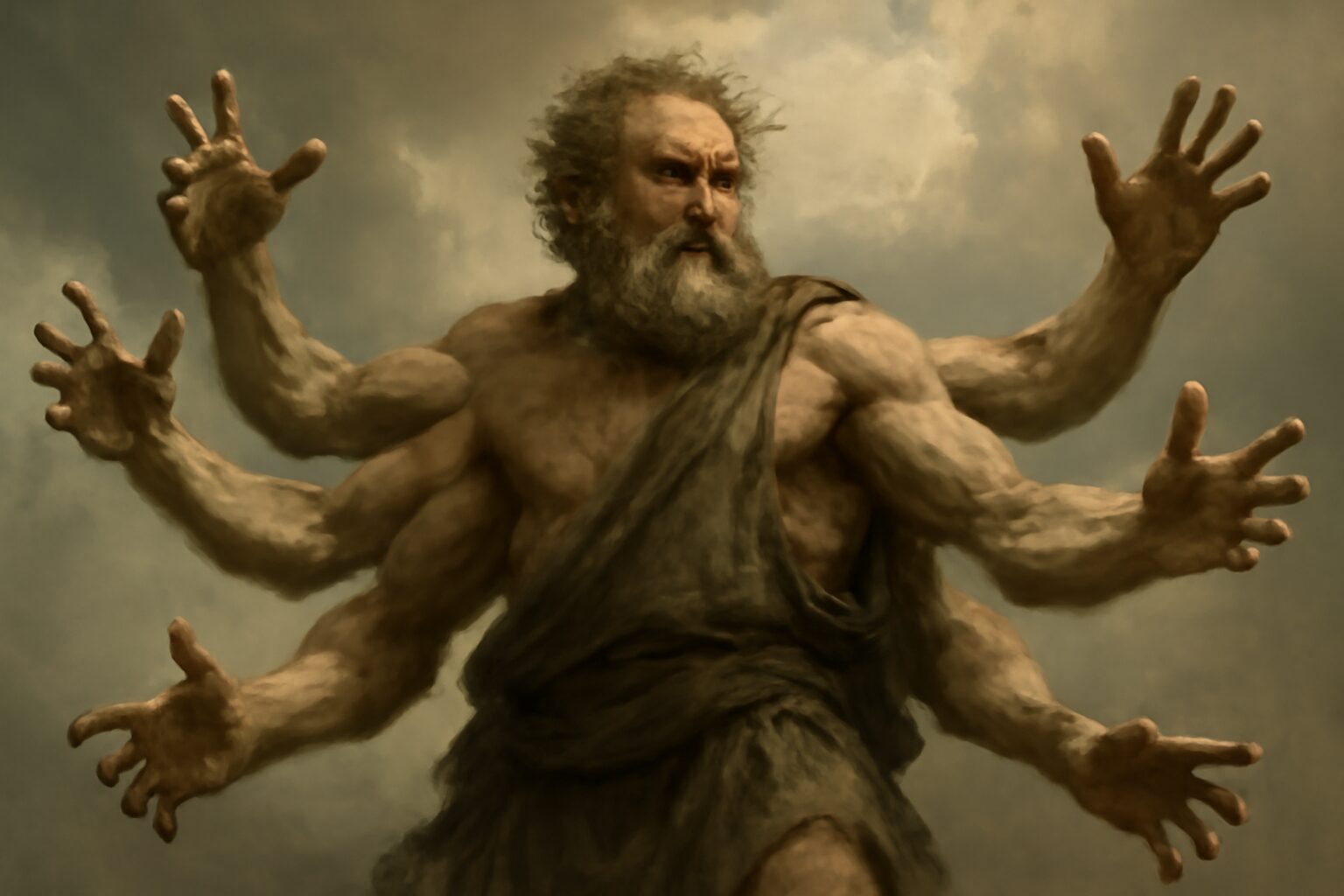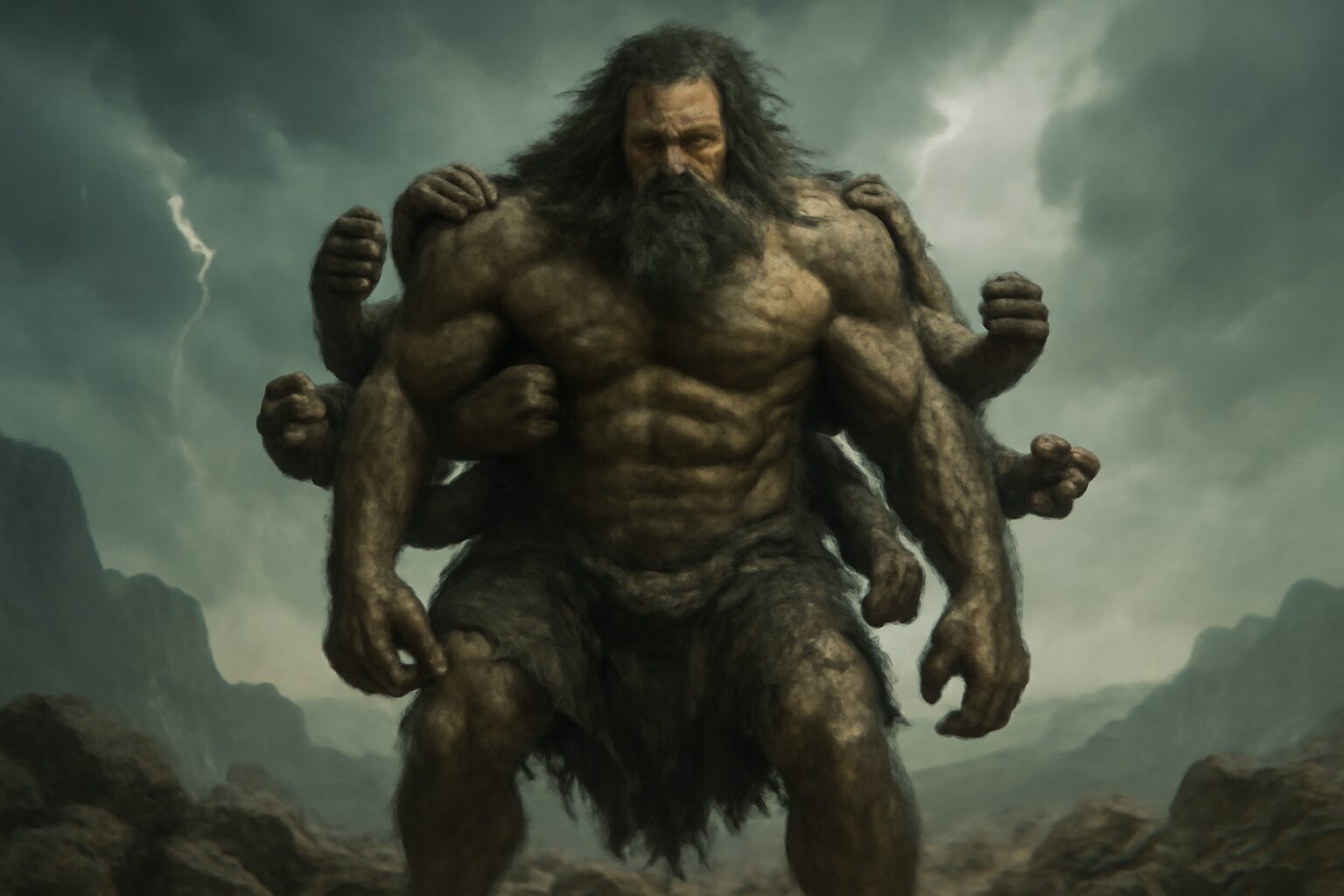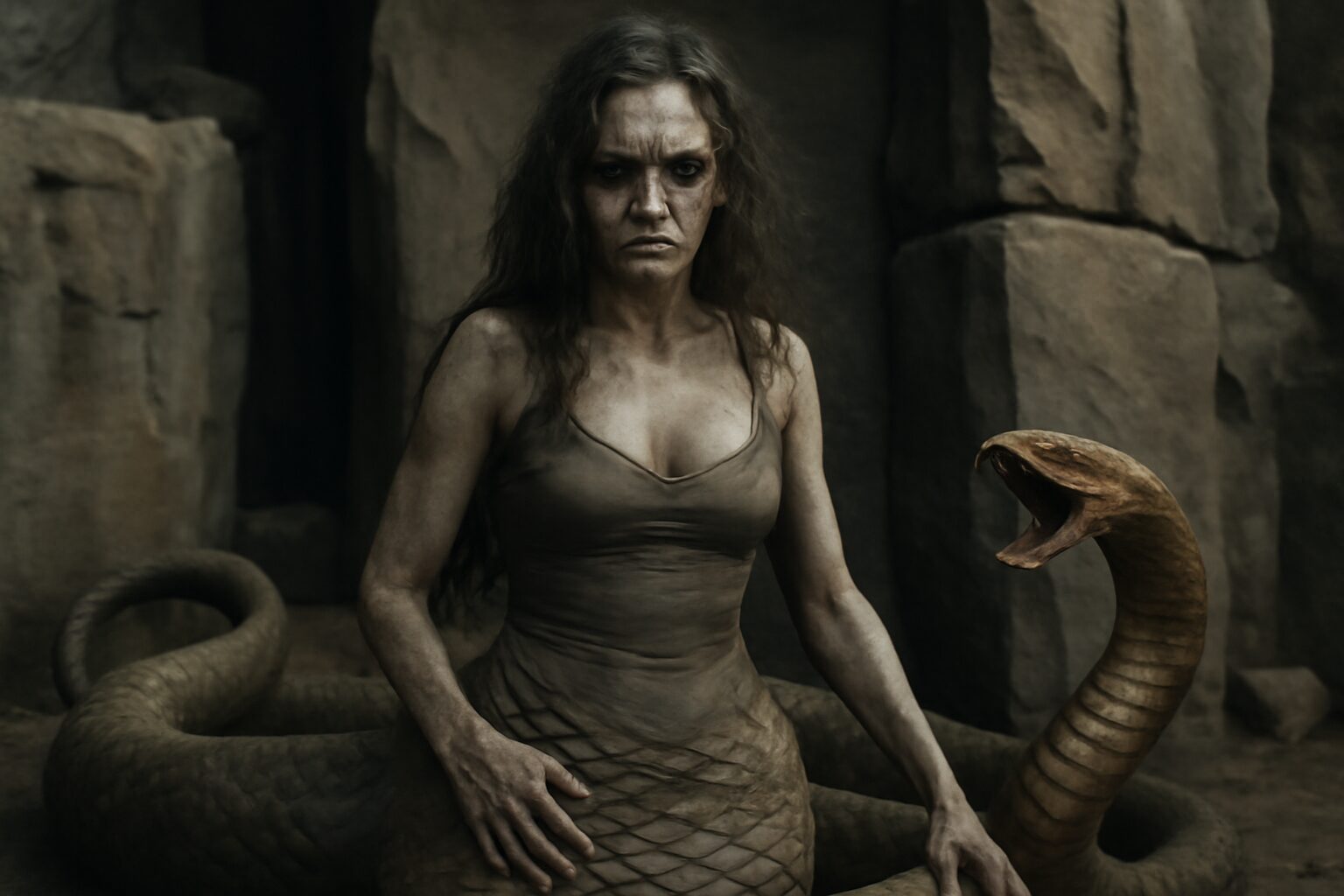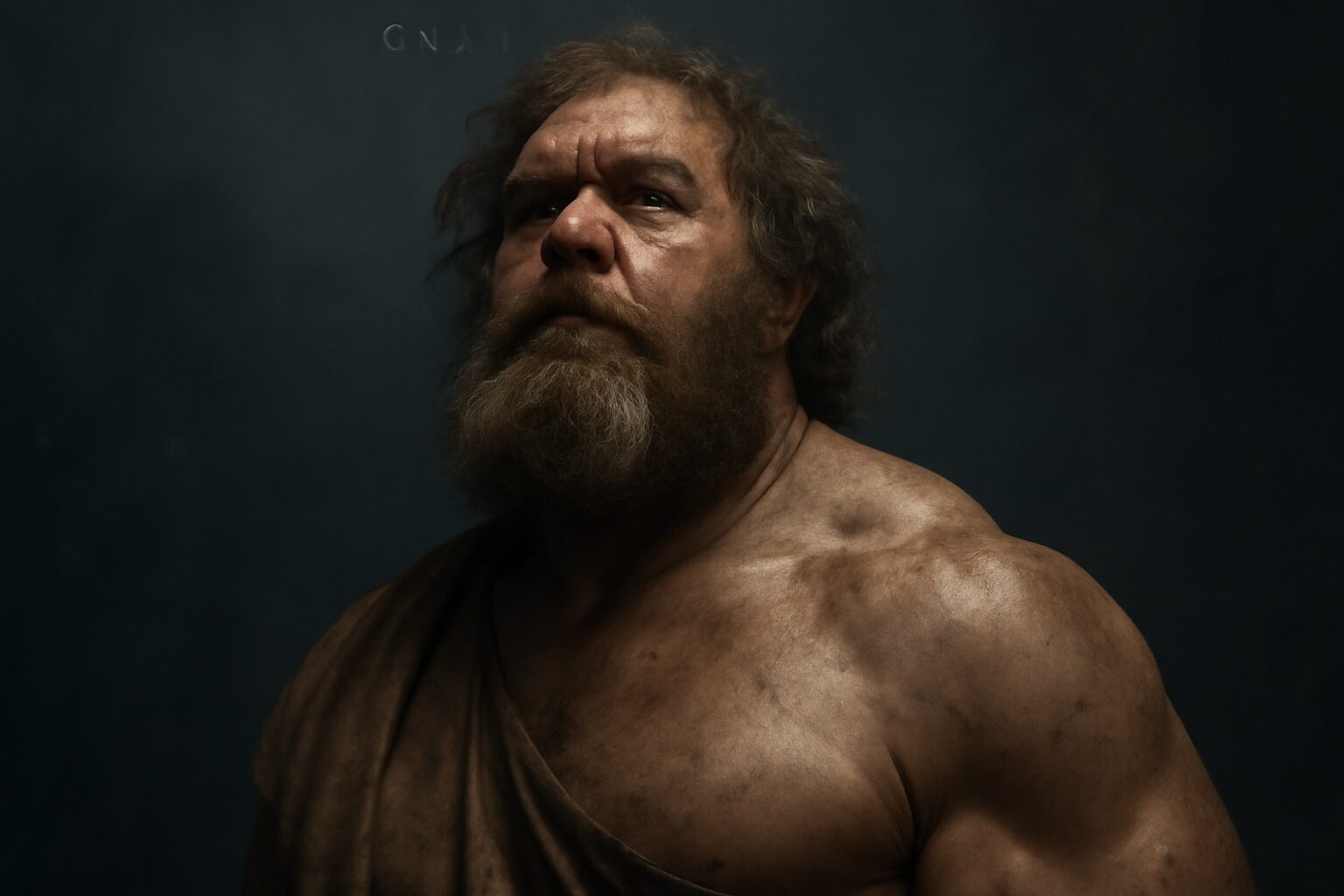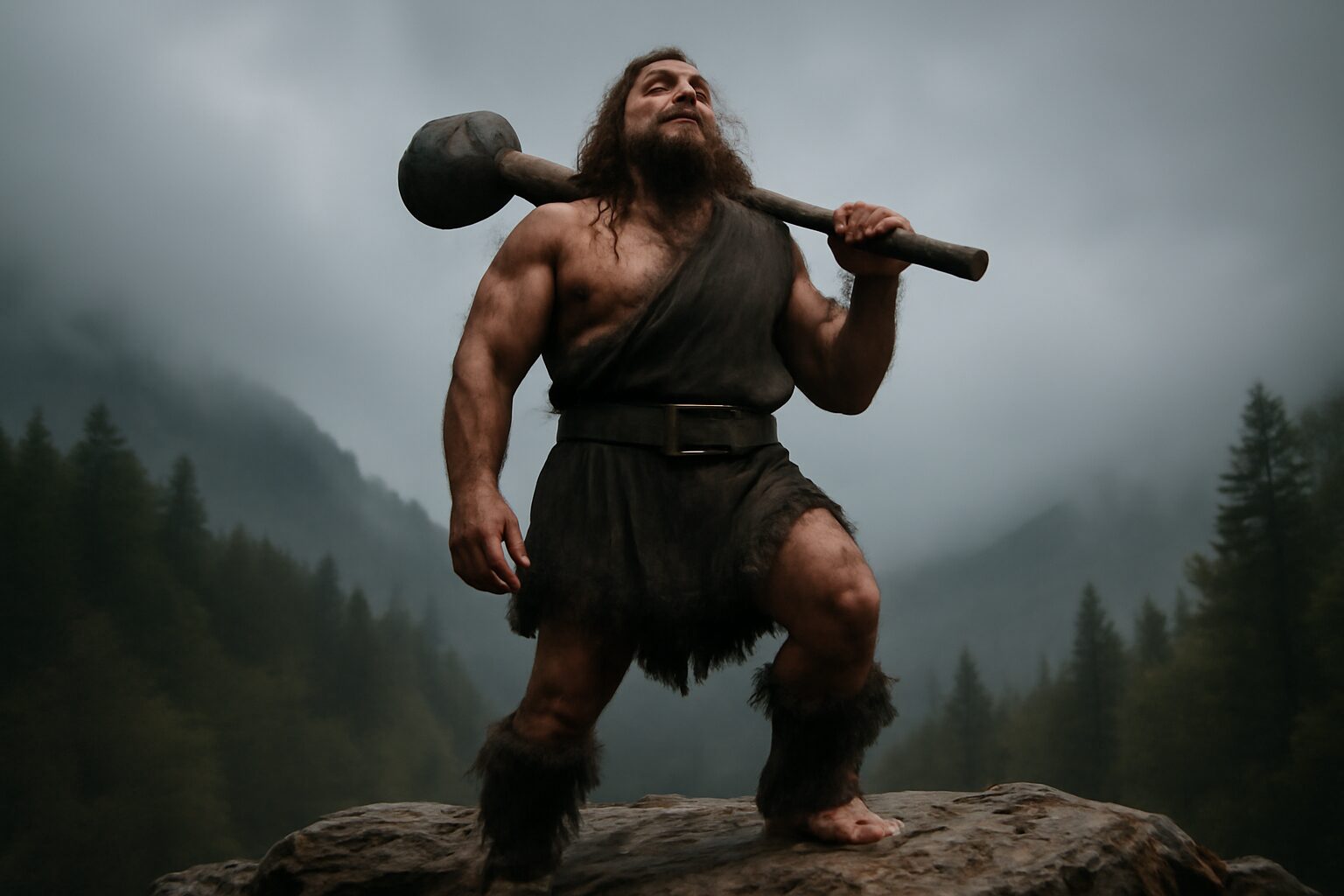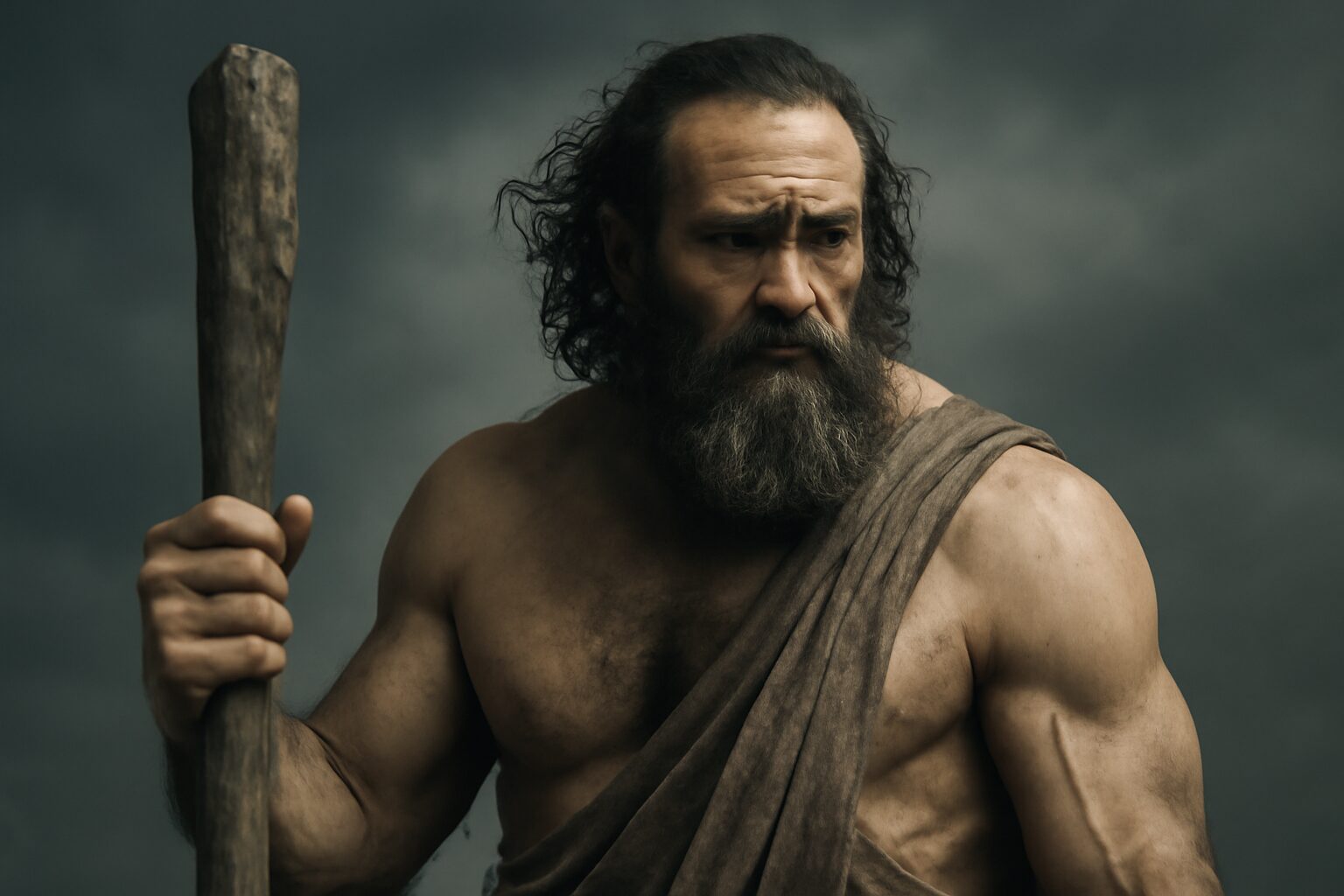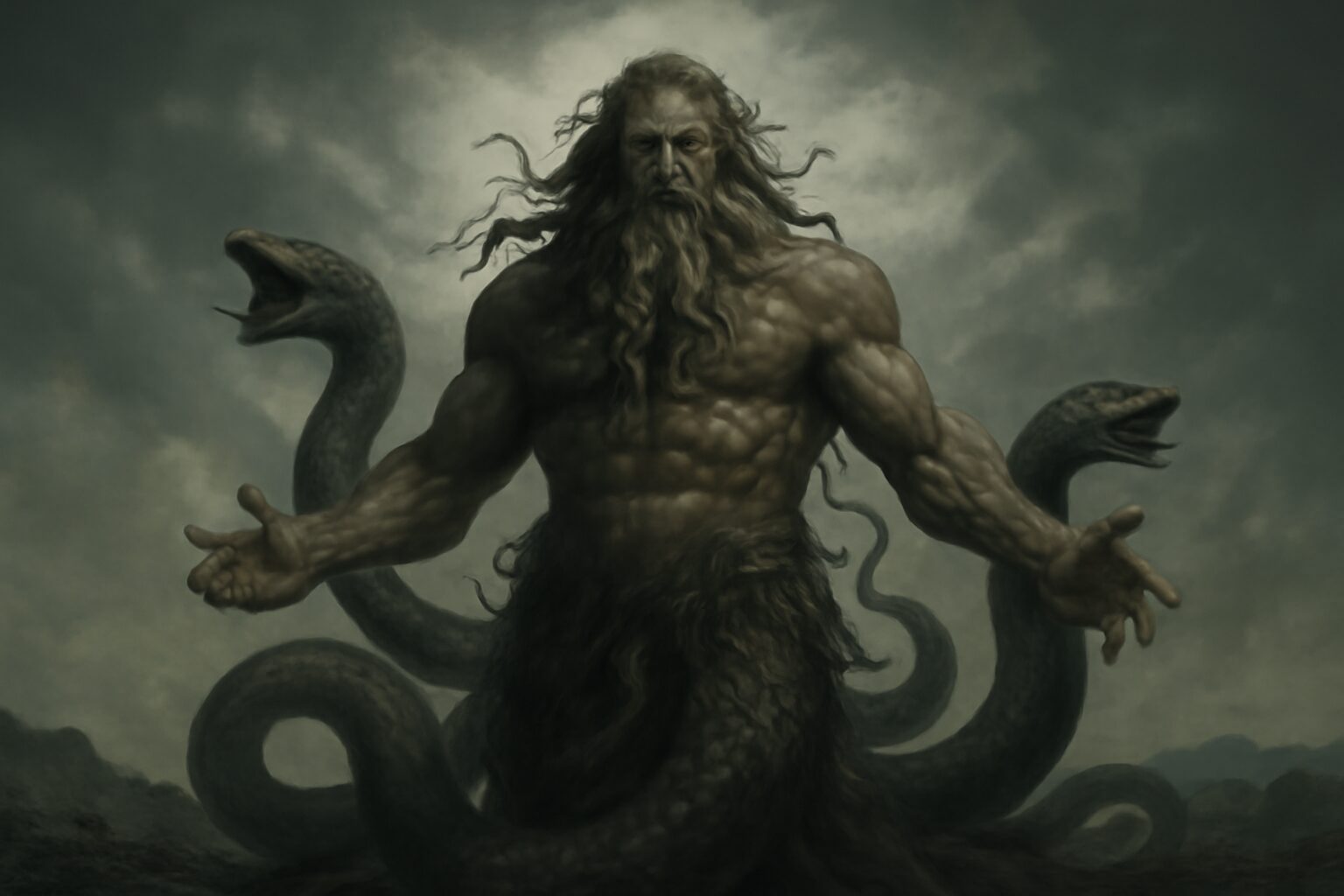Brontes: The Thunderous Cyclops of Greek Mythology
In Greek mythology, Brontes (meaning "thunder") was one of the three elder Cyclopes—immense, one-eyed giants known for their incredible strength and craftsmanship. Along with his brothers Steropes ("lightning") and Arges ("brightness"), Brontes played a crucial role in shaping the divine weapons of the gods.
The Origins of Brontes
Brontes and his brothers were the sons of Uranus (the sky) and Gaia (the earth), making them siblings to the Titans. Fearing their power, Uranus imprisoned them in Tartarus, the deepest abyss of the underworld. They were later freed by Zeus, who sought their help in the Titanomachy, the great war against the Titans.
The Divine Blacksmith
Renowned for their unmatched skill in metallurgy, Brontes and his brothers forged some of the most legendary weapons in Greek mythology. Their most famous creations include:
- Zeus's Thunderbolt – The ultimate symbol of divine power
- Poseidon's Trident – A weapon capable of shaking the earth
- Hades' Helm of Darkness – Granting invisibility to its wearer
Legacy and Significance
Brontes and his brothers were not just craftsmen—they were pivotal in establishing Zeus's rule over the cosmos. Their creations ensured the Olympians' victory over the Titans, shaping the balance of power in Greek mythology. Later traditions suggest they were killed by Apollo in revenge for Zeus striking down his son, Asclepius, with one of their thunderbolts.
Though less celebrated than the Olympians, Brontes and the Cyclopes represent the raw, primal forces of nature—embodiments of thunder, lightning, and volcanic fire. Their myth endures as a testament to the power of creation and destruction in the ancient Greek world.
Alternative Names for Brontes
God Name: Brontes (Greek)
Brontes is one of the three Cyclopes in Greek mythology, known for forging Zeus's thunderbolts. His name means 'thunderer' or 'thunder,' reflecting his association with storms and lightning.
God Name: Brontes (Roman)
In Roman mythology, Brontes retains his Greek name and role as one of the Cyclopes who forged Jupiter's (Zeus's) thunderbolts, maintaining his connection to thunder and lightning.
God Name: u039au03cdu03bau03bbu03c9u03c8 (Cyclops) (Greek)
Brontes is often referred to simply as a Cyclops, a general term for the one-eyed giants in Greek mythology. While this is not a personal name, it is a common identifier for him and his brothers.
God Name: u0392u03c1u03bfu03bdu03c4u03ae (Brontu0113) (Greek)
An alternative Greek form of Brontes, directly meaning 'thunder,' emphasizing his role in creating the sound of thunder with his forge.
Tales about Brontes
The Forging of the Thunderbolt
In the fiery heart of Mount Etna, Brontes and his Cyclopean brothers labored endlessly at their divine forge. One day, Zeus descended from Olympus, his brow furrowed with concern. The Titanomachy raged, and the king of gods needed a weapon powerful enough to secure victory. Brontes, whose name means "Thunder," took up the challenge. With massive hands that belied surprising delicacy, he hammered celestial bronze infused with primordial energy. As he worked, Steropes provided lightning flashes and Arges added blinding radiance. When finished, Brontes presented the thunderbolt—a weapon so magnificent it made the very mountains tremble. Zeus wielded it to devastating effect, later rewarding the Cyclopes with eternal honor as master smiths of the divine realm.
The Cyclops and the Smith God
During a period of divine conflict, Hephaestus sought to improve his legendary craftsmanship. He journeyed to Sicily where Brontes maintained his volcanic forge. The Cyclops, initially wary of the Olympian, recognized a kindred spirit in the limping god of fire. For three full cycles of the moon, they worked together, with Brontes teaching Hephaestus how to harness the fundamental vibrations of the earth in metalwork. In return, Hephaestus showed Brontes how to incorporate celestial patterns into his creations. Their collaboration produced the magnificent aegis, later worn by Athena, which bore the very storm patterns Brontes had mastered. This partnership between god and Cyclops forever elevated divine metallurgy, with Brontes' techniques becoming fundamental to Olympian craftsmanship.
Frequently Asked Questions
Who were the Brontes in Greek mythology?
The Brontes were one of the three Cyclopes in Greek mythology, known as the sons of Uranus (Sky) and Gaia (Earth). Their name means 'thunder,' and they were skilled blacksmiths who forged Zeus's thunderbolts, Poseidon's trident, and Hades' helmet of invisibility.
What role did the Gigantes (Giants) play in Greek myths?
The Gigantes were monstrous, giant beings born from Gaia to challenge the Olympian gods in the Gigantomachy, a great battle. They symbolized chaos and rebellion against divine order. Their defeat by the gods reinforced the power and stability of Olympus.
Why are monstrous figures like the Cyclopes and Giants important in Greek mythology?
Monstrous figures like the Cyclopes and Giants represent primal forces of nature, chaos, and challenges to divine authority. Their stories highlight themes of order vs. chaos, the power of the gods, and humanity's struggle against overwhelming forces.
How do myths about the Brontes and Giants apply to modern life?
These myths reflect timeless struggles like overcoming adversity, the clash between order and chaos, and the creative or destructive power of nature. They inspire discussions about resilience, innovation (like the Cyclopes' craftsmanship), and the consequences of defiance.
What can we learn from the Gigantomachy in Greek mythology?
The Gigantomachy teaches the importance of unity and strategy, as the Olympian gods had to work together to defeat the Giants. It also symbolizes the triumph of civilization and order over chaos, a theme that resonates in many cultures today.

